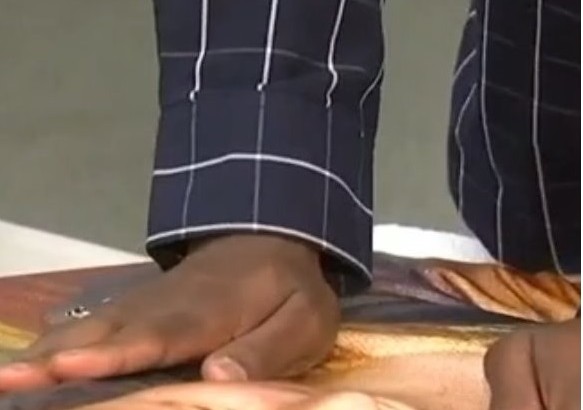Relief models were widely used in schools for the blind in the late 1800’s. With the advent of braille and talking books, relief models of landforms, buildings, town layouts, and historic sites were made out of plaster so that students could use them as illustrations for lessons. Tactile graphics and models have been used continuously since then by methods like pin plates, thermographics, swell graphics (microcapsule paper), and tactile freeform sketchers (http://www.easytactilegraphics.com/intact-products/)
So it’s interesting that 3D printers are being employed to bring works of sort to those visually impaired. This video shows how someone is copying artworks and reproducing them for tactile ‘viewing.’
